Every girl deserves to reach up high and achieve their full potential.
Yet for so many already in work, the desired leadership positions have remained elusive. Are women persuasive enough to get there?
There are some really interesting new approaches from people like Hermini Ibarra, Dame Helena Kennedy, Amy Cundy and Sheryl Sandberg about women's persuasiveness in the workplace. Their experiences and research still confirm that women can be reluctant to 'lean in' and claim their space in the work environment. The organisation is effectively only getting 50% of the potential value from 50% of its workforce.
Intriguingly, it can often be the simpler challenges that do the most damage in terms of undermining a woman's perceived leadership credibility :
- hesitating to seize their moment to speak in the client senior management meeting
- conveying their business idea as only a deck of analytical information rather than shaping it down to an impactful 1 page story for that investment board or their promotion panel
- not stepping forward with strong self belief to volunteer to take on the most difficult client challenges
The external perception of that individual can be hesitancy, insecurity and therefore potential business risk when considering who will deal with the client most persuasively and effectively.
Women need to reposition their view of their own leadership and recognise their unique leadership approach as a strength for the organisation. Interestingly, organisations need to do that realignment too to better reflect the inherent, and valuable, differences in leadership style that women bring. Combining those differences within the core of a leadership framework can lead to extraordinary business and personal results.
However, we also have to recognise that our brains often work against us. Neuroscience has taught us that the default approach our brains adopt follows recognised patterns. This means innate unconscious bias is alive and well across organisations. Empowerment initiatives should build in the latest neuroscience research to tackle the challenges holistically. Tali Sharot has recently published a useful book on this area.
Of course it's also important to remember those male colleagues looking to support the diversity agenda and searching for information and advice. They can benefit from insight on, and practice in, the art of persuasion.
Let's all help each other to succeed.
If we don't do this, who will?



